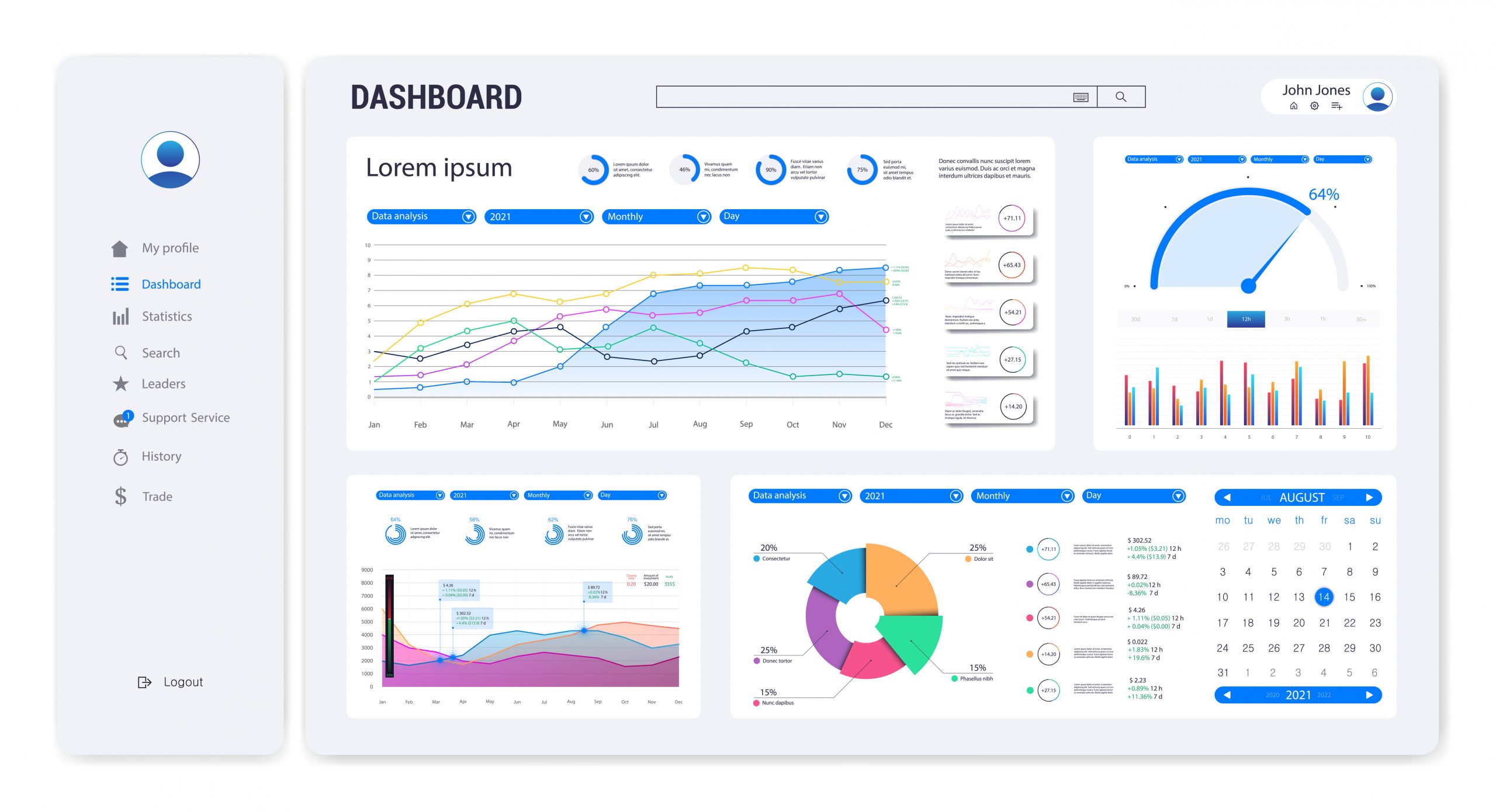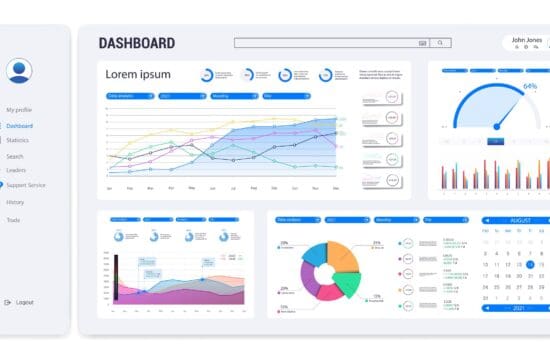With organizations storing years of data in multiple databases, governance of sensitive data is a major cause of concern. Data sprawls are hard to manage and increase an organization’s risk via security, legal and financial outcomes.
A data discovery platform is therefore a one-stop solution to help with the management of data sprawls. It helps users find sensitive data sources, provide inventory of all the data types and help classify the data for sales, analytics, legal and security perspectives.
NextGen Data Discovery
Data discovery and visual analytics are the new age data sets needed to find insights and valuable information in a business.
Unlike your traditional business intelligence tools, data discovery tools are what your business craves. To lead the path of a successful business, you need data discovery tools.

You can get a wide range of data discovery tools in the market. But one of the most preferred tools out of all is Secuvy’s data discovery tool.
Here’s everything you need to know to easily evaluate different tools and select the best which suits your business.
Easy usage and an inbuilt interface
The very first characteristic that a good personal data discovery tool has is an intuitive user interface. Next, the tool must provide ease of use for business users to create interactive visualizations in no time. Finally, these tools should have the ability to attract the target audience to attract children.
Different visualization components
The next characteristic which a data discovery tool must possess is a wide range of visualization components. There must be appealing components like bar charts, pie charts, treemaps, histograms, etc. In short, the tool must have everything that a user needs to get the work done easily and quickly.
Connectivity
After we have got preferred visualization, now comes the right connectivity. The data discovery tools for data privacy and data security need to connect the user with various data sources like Cloud services. Hence a data discovery tool is worth using only if it connects with data sources.
True AD-HOC data discovery
Another characteristic that you need to evaluate while choosing sensitive data discovery tools is the amount of interaction that the tool provides. Most of the time, such tools lack real interactive analysis. Therefore instead of only visualizing data sets by drag down or roll up options in the tables, a discovery tool must offer drag and drop interactions.
Supportive data loading and analysis
Data loading is not supported by many data discovery tools. And due to this many users start losing interest. A good data discovery tool will always support data loading and its analysis. This analysis will most probably be offered with alternative approaches like analysis in memory (e.g., spreadsheets), analysis in the database, analysis on demand.
In-line and AD-HOC data wrangling
The functionality to put data in the desired shape and get the best quality can only be achieved with the right data centre discovery tool. And having data in such form is the need of the hour. Hence the chosen data tool must be efficient enough of in-line and ad-hoc data wrangling.
Geo analytics
A data tool must use geolocation features for easy enabling of location-based analysis. The idea behind having a data tool is to experience beyond simple layer map visualizations. If your data tools offer such an exclusive experience, it is worth using.
Out of the box functionality and capability
The next characteristic that the best data discovery tool should have is providing out-of-the-box functionality, especially for simple analytics that needs no coding. The tool must have additional components to give the user experience of advanced analytics without any technical coding.
Supports additional advanced analytics
The tool should not be bound to components. Rather, it must support machine learning frameworks and the integration of additional advanced analytics.
Enhancing nature
The quality of extensibility and enhancement does not come with every data discovery tool. So you need to research and find if your chosen tool offers the addition of custom components and features. Because if it does, then you are making the right choice.
Collaboration
Last is the collaborating nature present in the data discovery tools. It is a big yes if a tool allows business users, analysts, and data scientists to collaborate without any third-party tool. By adopting such tools, an organization can work together, discuss, collaborate, add comments and share analysis.
Comprehensive data coverage
A data discovery tool should support all types of data (structured, semi-structured, and unstructured) across various environments, including cloud, on-premise, and hybrid systems.
Compliance with data privacy laws
Since organizations collect huge amounts of personal data from their customers, they need a data discovery tool that facilitates compliance with major data privacy laws (e.g., GDPR, CCPA, HIPAA). An automated data mapping and classification tools that align with these regulations simplifies audits and reporting.
AI capabilities
There are automated data discovery tools that helps reduce manual efforts by identifying, classifying, and tagging sensitive data automatically. AI and machine learning enhance accuracy and efficiency in discovering data patterns and anomalies.
Now that you know what type of capabilities and features a data discovery tool should have, you can easily select the right one for your organization. So, before you start your data discovery journey, make sure you also focus on insights like fraud detection and maintenance.
Secuvy being one of the innovative data discovery tool providers, can also guide you with insights and analytics models for real-time processing. To explore modern data discovery automations, visit www.secuvy.ai.
Secuvy understands the customer is your organization’s most important asset. You want to protect their privacy and secure your data. Contact us today to see how our platform automates and simplifies data security through our low touch self-learning AI — providing customers with 360° continuous visibility into all their personal and sensitive data with the greatest accuracy, unparalleled speed and the lowest cost.
























